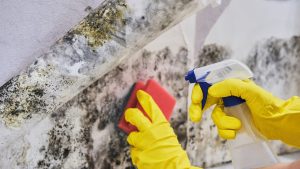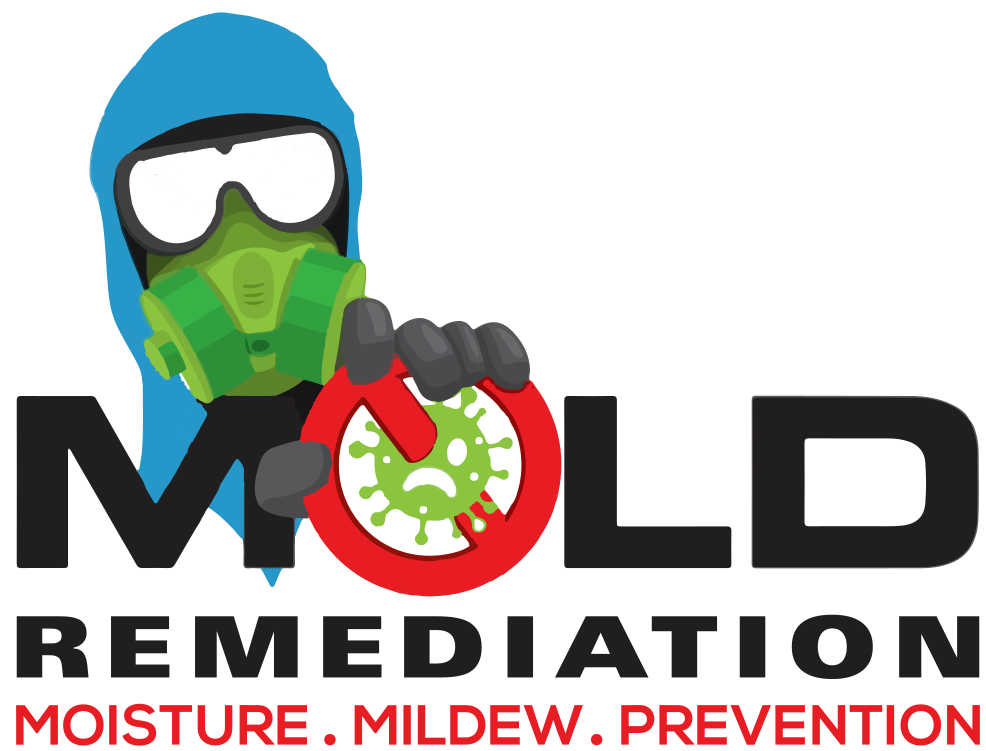
Mold is a form of fungus that thrives in moist environments and it creates different types of molds. You are bound to encounter damp conditions in your home at some point, whether it’s due to humid weather, leaking roofs and windows, or poor ventilation.
This mold can lead to allergic reactions, skin irritation, respiratory problems, eye irritation, and other serious health problems. If left untreated, it could have severe consequences for one’s health.
Mold can harm your health as well as degrade your property. However, do not worry: we are here to show you how to remove different types of molds from just about any surface in your household. We will start by discussing the most common locations for fungus and then proceed on to surfaces that are more specific. So keep reading to find out how you can maintain a healthy and mold-free.
Above everything else, stick to the golden rule of cleaning: the sooner you strike the mess, the better. Do not wait until the fungus becomes unbearable before beginning to scrub. It is best to deal with mold problems as soon as you notice them.
Different types of molds
Mildew has been the most prevalent forms of mold found in homes. Mildew is a type of surface mold that evolves in hot, damp conditions such as your restroom, as well as on cloths and books stashed in moist attics. Mold begins as a chalky grey or white colony. If not removed promptly, it will turn black or brown and will frequently resemble soil accumulation. Moisten the stain with a swab dipped in domestic household bleach to see if it is coated with mold growth or just dirt. Mildew is present if the stain loosens or vanishes after 2 to 3 minutes. If not, it is most likely just dirt.
Different types of molds found in your home and surroundings:
When talking about molds, there are several different types of molds, which are described below:
- Black Mold: This type of mold is usually found outdoors. Steer clear from this type of mold, as it can lead to asthma and other respiratory conditions.
- Pink Mold: Pink mold is commonly found in bathrooms near the bath and bathtub edges. It is a type of water-borne bacteria. It is also hazardous to your health, causing breathing problems, pneumonia, urinary infections, and gastrointestinal issues.
- Green Mold: This type of mold is usually found on walls, wallpapers, seepage, insulation, and damp carpets. It commonly causes eye, skin, and sinus infections.
- Brown or Grey Mold: This type of mold belongs to the Aspergillums molds. It is generally not a harmful substance for health but it can cause breathing issues for already sick people with a weakened immune system.
How to detect different types of molds
If you notice a musty odor in your home, you probably have a large concentration of fungus. It could be coming from a damp hamper full of damp towels, a damp crawlspace beneath your home, or carpets with mold growing in the liner. If you smell that stench, it is necessary to take steps to resolve the issue.
How to tackle different types of molds in your home
The first step is to determine the source of the humidity in your home. Check for any leakages in the piping systems, cracks in the walls, leaking rooftops, or plumbing concerns that could be creating a moist environment for mold to grow. Once the leak has been identified, take steps to fix it to establish a suitable atmosphere inside your home. If a humid climate is the source of the moisture in your home, you should purchase a dehumidifier.
Dehumidifiers
Dehumidifiers can remove a significant amount of humidity from the air, creating a dry environment. This can significantly help with the prevention of mold growth. Many air conditioning units can also dehumidify the atmosphere, which can aid in mildew prevention.
Take extra precautions in bathrooms to avoid water or moisture buildup in any area. This is particularly important for empty spaces, corners, and seams that cannot be easily dried and thus end up serving as a breeding place for mold cavity. If possible, keep the windows ajar while taking a bath. This will keep moisture from spreading in every the bathroom’s corners and may help keep mold at bay. Also, after a bath, try to dry the entire wall and floor if possible. After a bath, keep the windows open as well as the exhaust fan operating to help dry the bathroom.
How to get rid of mold spores in the air?
Air filters and purifiers are appliances that eliminate airborne contaminants such as mold spores from the environment in which you live. In general, they operate by drawing air into the system, which then filters the air through a number of filtration systems designed to trap and remove microscopic particles.
How do you get mold off painted walls?
Rubbing alcohol might not be as effective as other mold-killing ingredients. However, when diluted in equal parts with water, rubbing alcohol helps clean surfaces without causing serious damage and can help prevent the growth of mold and mildew growth and can be used on different types of molds.
What kills mold on wood?
Purified white vinegar is an extremely effective way to kill mold almost on all wood surfaces. It will work its way through the wood, killing the bacteria and fungi at its origin. Colored or painted wood could be washed with a hot water and dishwashing or laundry washing powder solution.
Conclusion
While most surfaces infested with mild can be handled at home, you need Mold removal Insulation services if you notice mold buildup on your vents or inside the HVAC system.


